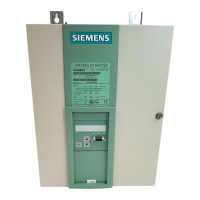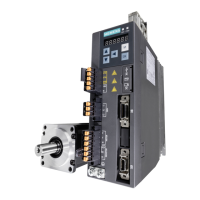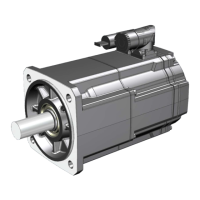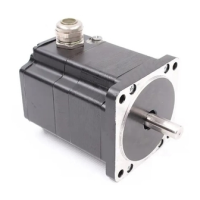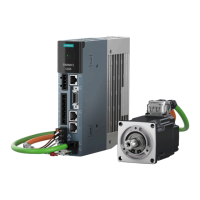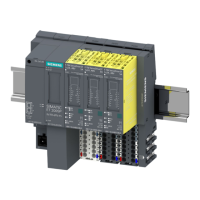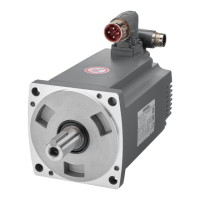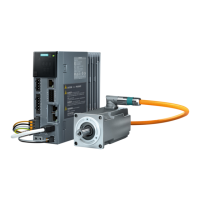02.00 Function descriptions
SIEMENS AG 6RX1700-0AD76 9-23
SIMOREG DC Master Operating Instructions
USS:
A maximum of 32 nodes can be connected in the bus configuration (i.e. 1 master and max. 31 slaves).
The bus connector must be activated on the two bus nodes which form each end of the bus circuit.
Peer-to-peer:
Up to 31 other drives can be connected in parallel to the transmit cable of one drive. With a "parallel
connection", the bus connector must be activated on the last connected drive.
9.13.1 Serial interfaces with USS
®
protocol
Specification for the USS
®
protocol: Order No. E20125-D0001-S302-A1
The SIEMENS USS
®
protocol is implemented in all digital converter devices supplied by SIEMENS. It
can be used to provide a point-to-point or bus-type link to a master station. Any mixture of converter
types can be connected up to the same bus line. The USS protocol makes it possible to access all
relevant process data, diagnostic information and parameters of the SIMOREG converter.
The USS protocol is a pure master-slave protocol. In this case, a converter device can only ever
function as slave. Converter devices will transmit a telegram to the master only if they have received
one from it first. In other words, converters linked via the USS protocol cannot exchange data directly
with one another (they can do this only via a peer-to-peer link).
Useful data which can be transferred via the USS protocol
Sheets G170 to G172 in Section 8 show how useful data can be interconnected and list the
parameters relevant for configuring USS interfaces.
If parameters need to be read and/or written via the USS interface, then "Parameter data length"
(P782, P792, P802) must be set to 3, 4 or 127 (select setting 4 only if double word parameters need to
be transferred). If parameters do not need to be transferred, the "Parameter data length" must be set
to 0.
The number of process data words to be transferred is basically identical for the transmit and receive
directions and can be set in "Process data length" (P781, P791, P801). Numeric representation "100%
equals 4000h = 16384d" applies to all connectors.
Numeric representation of parameter numbers and values on serial interfaces
The mode of numeric representation of a parameter value is determined by the parameter "type"
assigned to each parameter in the Parameter List. The different types of parameter are explained at
the beginning of the list. Parameters are always transmitted in the form specified in the "Value range"
column of the Parameter List; any decimal point, however, is omitted (example: display value
123.45
→ the number 12345d = 3039h is transferred via the serial interface).
Diagnostics and monitoring functions for USS interfaces
All transmitted and received useful data words can be checked (directly at the internal software
transfer point from/to USS driver) by means of display parameters r810 / r811, r812 / r813 or r814 /
r815.
Diagnostic parameters r789, r799 or r809 provide information about the chronological distribution of
errored and error-free telegrams, as well as the nature of any communication errors that have
occurred.
A watchdog can be set in P787, P797 or P807 which can initiate a shutdown on faults (F011, F012 or
F013) in the case of timeout. By connecting binectors B2031, B6031 or B9031 to the fault message
triggers (using P788=2031 / P798=6031 / P808=9031), it is possible to acknowledge these fault
messages even if the fault is active continuously, thereby ensuring that the drive can still be operated
manually after the USS interface has failed.

